8月29日参加上海#CC16# 摊位号:Q10-11,依旧我们会准备限定特典(企业修订版·立牌)。C88期间,kannnu(英舰本、天子之旅作者)交流后,英舰本ORIONS授权中文版贩售始动。同时幻想航空的作者四骑也正在持续创作新刊,美舰本不出意外将会在9月10号顺利出刊(这么多愿望都实现都一起来我的小心脏要爆炸)
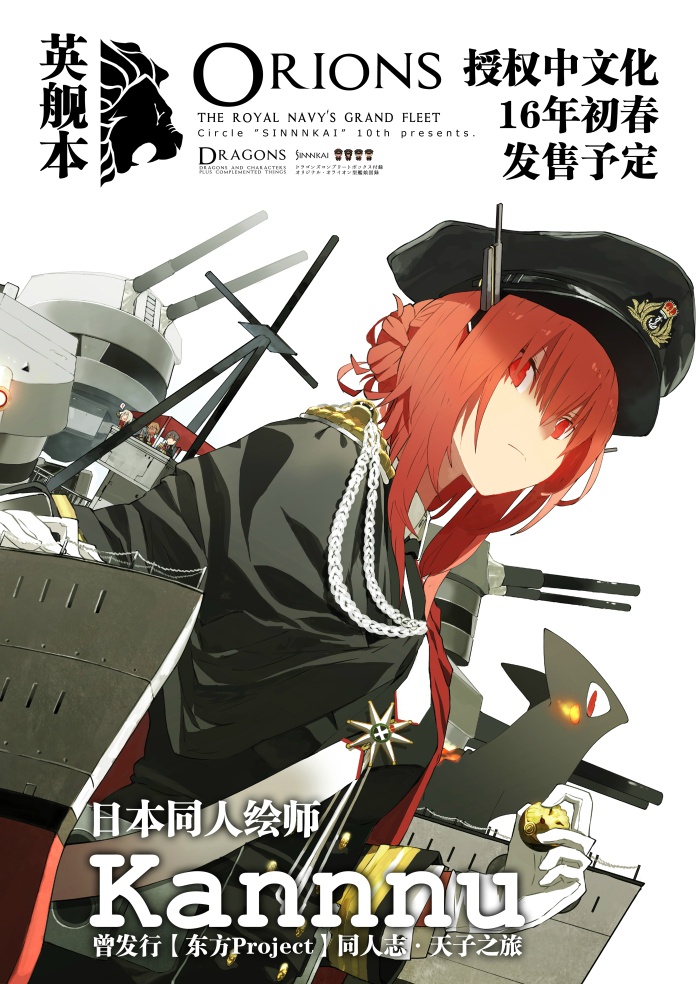

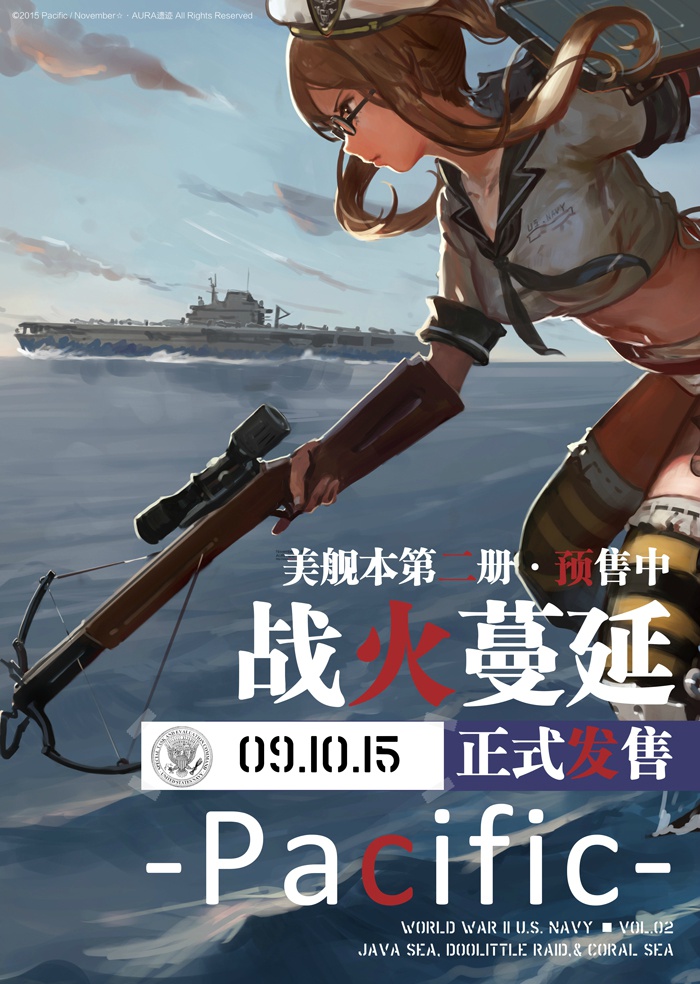

8月29日参加上海#CC16# 摊位号:Q10-11,依旧我们会准备限定特典(企业修订版·立牌)。C88期间,kannnu(英舰本、天子之旅作者)交流后,英舰本ORIONS授权中文版贩售始动。同时幻想航空的作者四骑也正在持续创作新刊,美舰本不出意外将会在9月10号顺利出刊(这么多愿望都实现都一起来我的小心脏要爆炸)



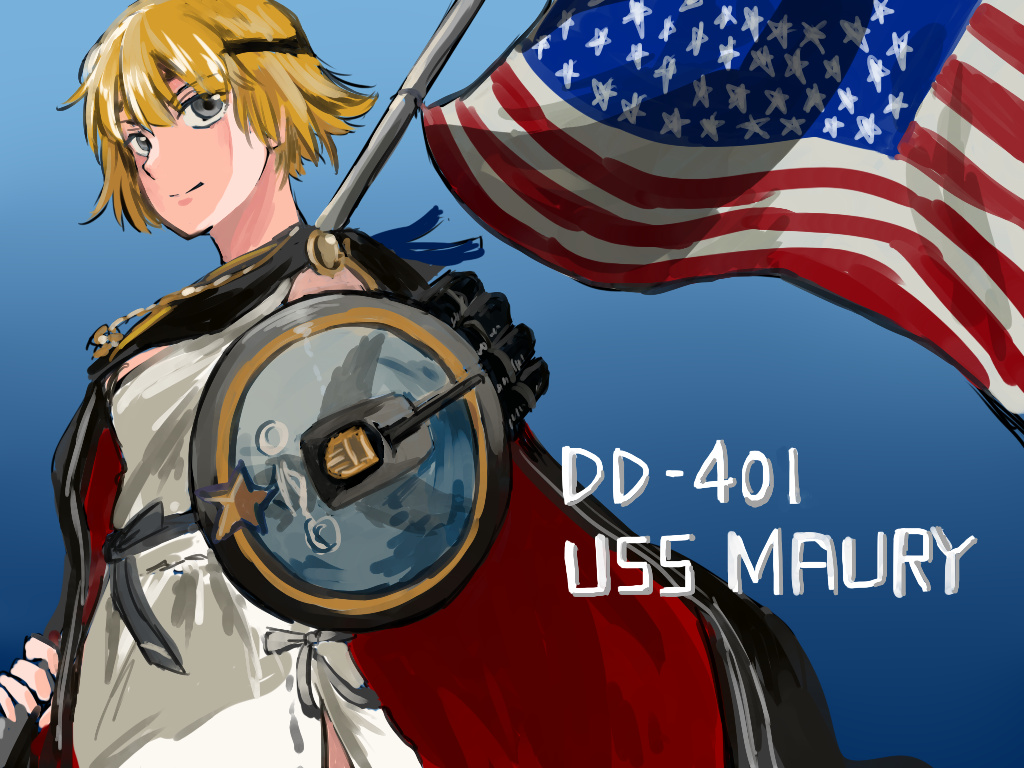
Yumi amin (由水アミン) drew a very nice Maury. She’s always been one of the more “heroically” minded of our girls, and I think Yumi did an excellent job capturing her personality. Thank you so much!
Yumi’s tumblr post on Pacific can be found here. Be sure to check out the designs for Hornet (who looks like a knife-throwing ninja), as well as the numerous uniformed sketches of naval officers!
Yumi’s pixiv.
Yumi’s twitter.
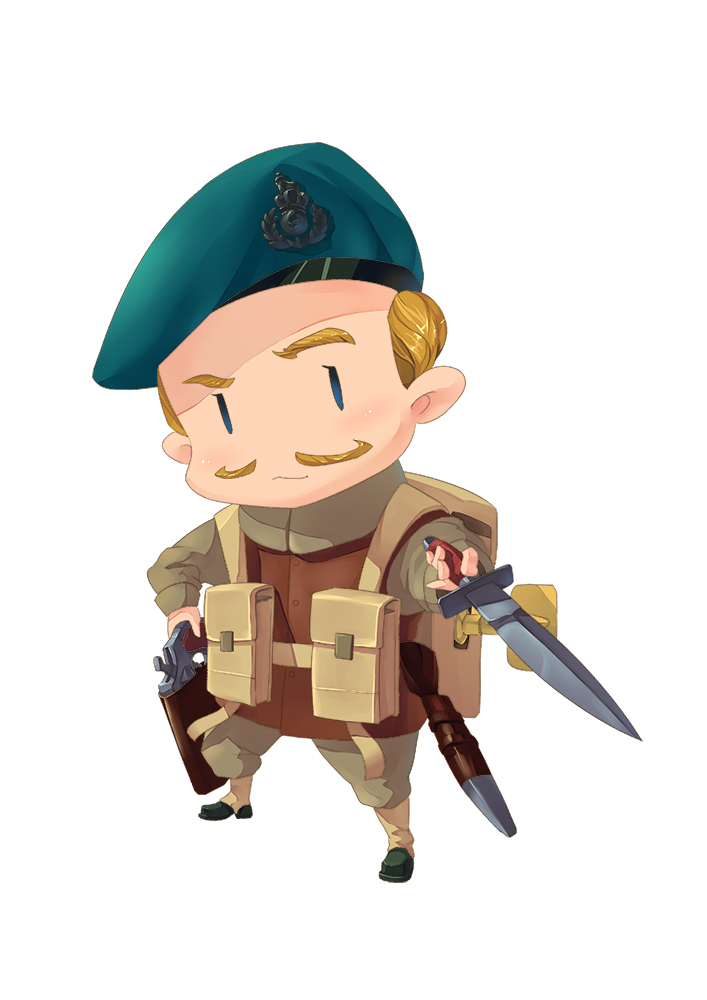
“You do realise that if you join my unit, your chances of a long life are very remote.”
Herbert George “Blondie” Hasler (27 February 1914 – 5 May 1987) was a distinguished Royal Marines officer and one of the most extraordinary special forces commandos of the Second World War. Hasler was an unconventional thinker who devised innovative ways to deal with problems. As a leader he was a person who inspired by example, never asking his men to do something he did not do himself.
In December 1942, the Royal Navy Submarine HMS Tuna carried Hasler and his small commando unit to the coast of occupied France for Operation Frankton. In arguably his most famous raid, their mission was to navigate the most heavily defended estuary in Europe to reach Bordeaux harbour in order to sabotage enemy shipping and strike a blow against the enemy war effort. Hasler – a Major at the time – personally led the team on their daring raid, which had to evade the might of the German military and cross 70 miles from the Atlantic to Bordeaux. On December 11th, the Royal Marines were able to set off many limpet mines right under Hitler’s nose, shattering the German’s own perception of invincibility and – by estimates of Prime Minister Churchill – shortened the war by up to six months.
Though Hasler and his second would be the only ones from the original ten commandos who would return home safely, the forward-thinking Hasler and his expertise was instrumental in the planning of one of the greatest amphibious landings in history: D-Day. He was also responsible for many of the concepts which would ultimately lead to the post-war formation of the SBS (Special Boat Service), Britain’s elite naval special forces In Pacific. Finally he would retire from the armed force with the rank of Lieutenant Colonel and end his days indulging in his love of sailing.
As a fairy with RN-STEC, Hasler is in command of the special forces fairies and spends much of his time training or preparing his troops for secret commando missions against the Abyssal fleet These elite units would see significant action around the world – much like the British special forces of our own timeline – in the coming days Hasler is also fond of HMS Tuna and accompanies her a lot. As they are largely seen as a team, Tuna and Hasler are often the commander’s first choice combination for deep infiltration missions . Whenever not on duty, Hasler can be usually be found canoeing.
Not long ago I was looking through a list of British submarines searching for future candidates to fill a possible Royal Navy ship girls cast. One submarine which stood out was HMS Tuna, at first mostly because she had a funny name. This T-class submarine however also had a respectable and active career fighting the war from beginning to end, and most interestingly to me carried Royal Marine commandos.
Remembering that Sima had been wanting to draw Royal Marines, and that Morgane had asked before about submarines carrying special forces I researched further and found the amazing tale of ‘Operation Frankton’. It was truly an inspiring tale of bravery, self-sacrifice, and triumph against all the odds, sure to bring manly tears to one’s eyes.
That operation was largely possible and successful due to the effort of one extraordinary individual: Herbet ‘Blondie’ Hasler. I felt that he and his story deserved to be in Pacific as part of our universe. Thus steps for his inclusion were taken promptly in a manner which perhaps he would approve of. Thanks to the efforts of everyone on the team this has been made so.
Sir Fong
I do want to thank everyone – Morgane and Sir Fong and everyone else from the team. The challenge in drawing fairies, as always, is how to draw them so that they resemble historical characters Because you can not change the cute tiny eyes of the fairies too much, you can only change their appearances via eyebrows, mouth, and expressions.
One of the things I’m super happy about is that our Pacific fairies all have a real interesting story behind them. Even though most of us have never heard of them before, the stories are really so very interesting.
(Plus, I really like the cute little guys I wonder how surprised (or scared) Eugen and Bisko would be when the Royal Navy girls bring Hasler – and his royal marine commandos – out onto the negotiation table)
Sima
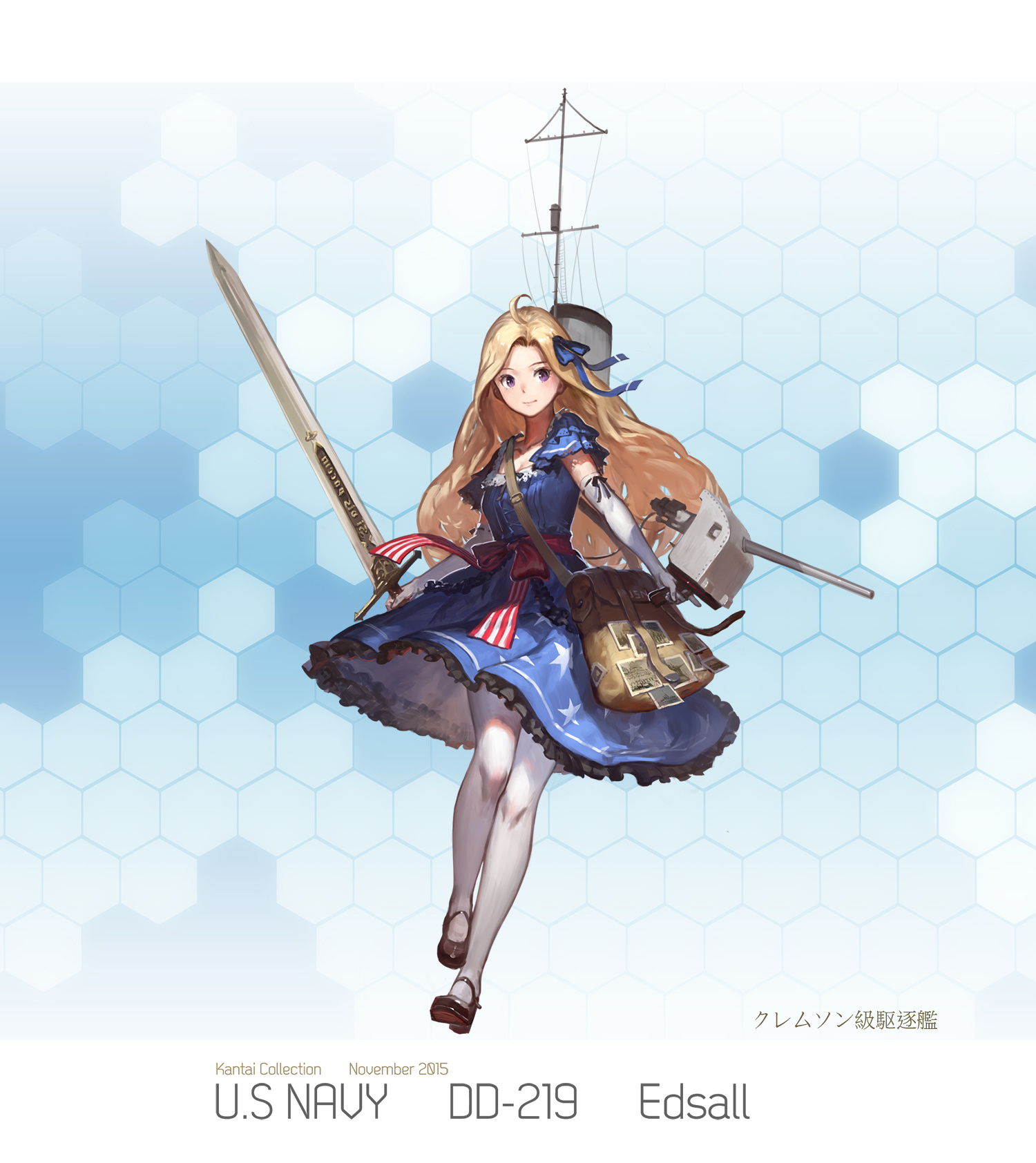
Oh dear, where are my manners. Commander! Hello!
Shaw’s been having nightmares, so I’ve been tucking her in. Mahan wants someone to help her annotate. Maury’s going to need someone to run with. I’m pretty sure O’bannon messed something up again. You know the saying, “ask me not what your country can do for you, but what you can do for your country?” I think that’s how I feel. You can swap out country for “family” or “friends,” and that’ll work too.
Sure, it’s tiring at times. Dolphin can relate. She jokingly calls it babysitting. But you know, commander, it’s not like they couldn’t go without me. Part of the duty as a ship girl, here, is that we pick each other up and keep each other going. The very least I can do is to pitch in a bit and help wherever I can. It’s the legacy that Edsall left me with. The Asiatic sailors were some of the bravest men ever to enlist in the navy, commander, and I want to carry on their legend, to be more like them.
When the war started, commander, the odds were against us. Our opponent was well trained, well armed, technologically proficient, and united in their goals. We were well trained – that’s about it. Against the cutting edge of the IJN we had nothing more than a handful of cruisers and destroyers, most of which were WWI-era or early interwar models. But still, we fought. Camaraderie. Friendship. That’s what kept us fighting.
I may not have much, but my friends have made me who I am today. Their hearts and their love will always be with me. So long as I have my friends, I will continue to fight. For them. For us.
STEC notes that while it’s only natural that a ship girl bearing Clemson-class equipment show up, STEC did not anticipate Edsall being the first to appear. The USS Edsall was a veteran destroyer that spent much of her pre-war years in the Mediterranean and Far East. When war broke out, Edsall joined DesDiv 57. The Clemson class destroyers were old, and largely served as ASW patrols – a duty the venerable destroyer carried out with distinction, sinking I-124 with other allied ships in January of 1942.
When the ancient tender Langley was ordered to the defense of Java, USS Edsall was one of her escorts. She picked up 177 survivors when the Langley was sunk. With another destroyer, USS Whipple and the oiler USS Pecos, the battered little fleet was carrying over a thousand allied survivors. When allied high command ordered USS Edsall to continue her mission of transporting the surviving fighter pilots from the Langley to the defense of Java, the Edsall dutifully complied. After turning course at 8:30, March 1st, she was never seen again by allied forces.
Nearly sixty years later, the fate of the Edsall finally became known as evidence from many sources were pieced together. When the USS Pecos split up from what was left of the allied fleet, the oiler was soon under attack by Japanese bombers. USS Edsall picked up the distress signal, and en route to her rescue of the Pecos ran into Admiral Nagumo’s entire Kidou Butai. Already damaged previously, the Edsall nonetheless frustrated the pride of the IJN. Coming under fire by two battleships (Hiei and Kirishima) and two new cruisers (Tone and Chikuma), the Japanese spent thousands of shells and scored only a glancing hit. The normally collected Nagumo, seething with rage, ordered 26 Type 99 divebombers to launch from Kaga, Hiryu, and Soryu. The Edsall was thought to be immobilized by repeated air attacks, and some sources believe it is Lt. Kobayashi from the Hiryu who landed the critical blow. Moments later, the stubborn USS Edsall was finally sank as the rest of the Japanese surface warships closed the distance and fired on her for the last time. She had managed to lead the mighty Kidou Butai on a wild goose chase to the north, away from the survivors of the Pecos engagement. With her final action, the Edsall indirectly managed to save many lives.
While the fate of USS Edsall’s survivors (if there were any) remain largely a mystery even to today, STEC notes that the shipgirl Edsall is an altruistic young woman who values friendship above all else. She has a growing collection of photos that she frequently add to her messenger bag “so to have something to remember everyone by.”
In battle, however, she seems to be something of an anomaly. Field reports have noted a number of instances where “ghostly” fighter planes – up to thirty-two in all – piloted by fairies of an unknown origin protecting Edsall from the air. These mysterious planes do not match units available in STEC’s databases, though they could plausibly be P-40s based on visual identification.
What’s funny about Edsall’s design was that she almost didn’t make the cut in the first place. There were many brave destroyers fighting or sunk during this period, and the rather explicit nature of what happened to her survivors – in a remarkable case of brutality – could invite controversy.
That being said, however, I sat and thought about this whole thing for a bit. You know what. The story of the Edsall was kept away from the public eye for nearly seventy years. It is only thanks to an officer on the Chikuma with a conscience that we even managed to cobble together details in the first place. This story deserves to be told!
This is a case where the sources of access – should our audience members be interested in looking stuff up – becomes readily apparent. None of the Japanese sources that are easily accessible would talk about what happens after, and we still don’t know why (or by whom) the Edsall’s survivor were murdered in the first place.
However, by mentioning the fate of her survivors being an unknown (which – in Pacific’s timeline, is still true. Details only begun to emerge sometimes around 2000s our time, and Pacific takes place in the early 90s), it is my hope that more people would go look up the story of this heroic ship. Maybe folks will get curious. Maybe folks will wonder, hey, what happened to the survivors?
And then they’ll know.
Now, as for the actual shipgirl herself, I’ve made a string of Gundam analogies before. If Maury’s an ace pilot in a prototype mech and O’bannon’s an ace pilot in a mass produced, but powerful mech, Edsall’s the Ramba Ral of our setting. Her torpedoes are markedly worse in performance, her gun is archaic by comparison (though still pretty high tech by every other standard), but she makes up for it by her skill, the experience of her fairies, and of course, sheer heroism.
Yes. Heroism. You’ll find that as a whole, the Pacific girls are well-adjusted, mature, and generally someone you’d want to bring home to meet your parents with. This is intentional given the theme of our work and the lore behind our ship girls in the first place.
Additional notes: